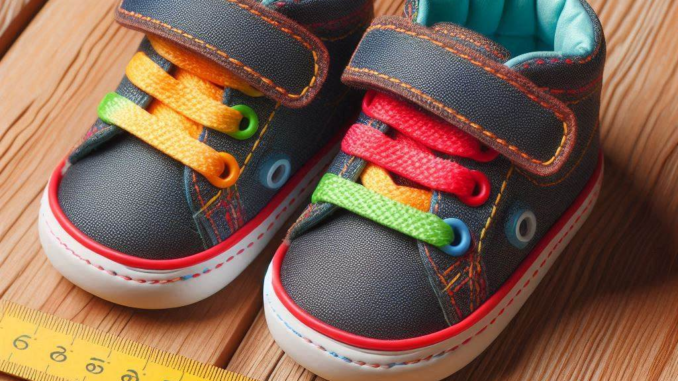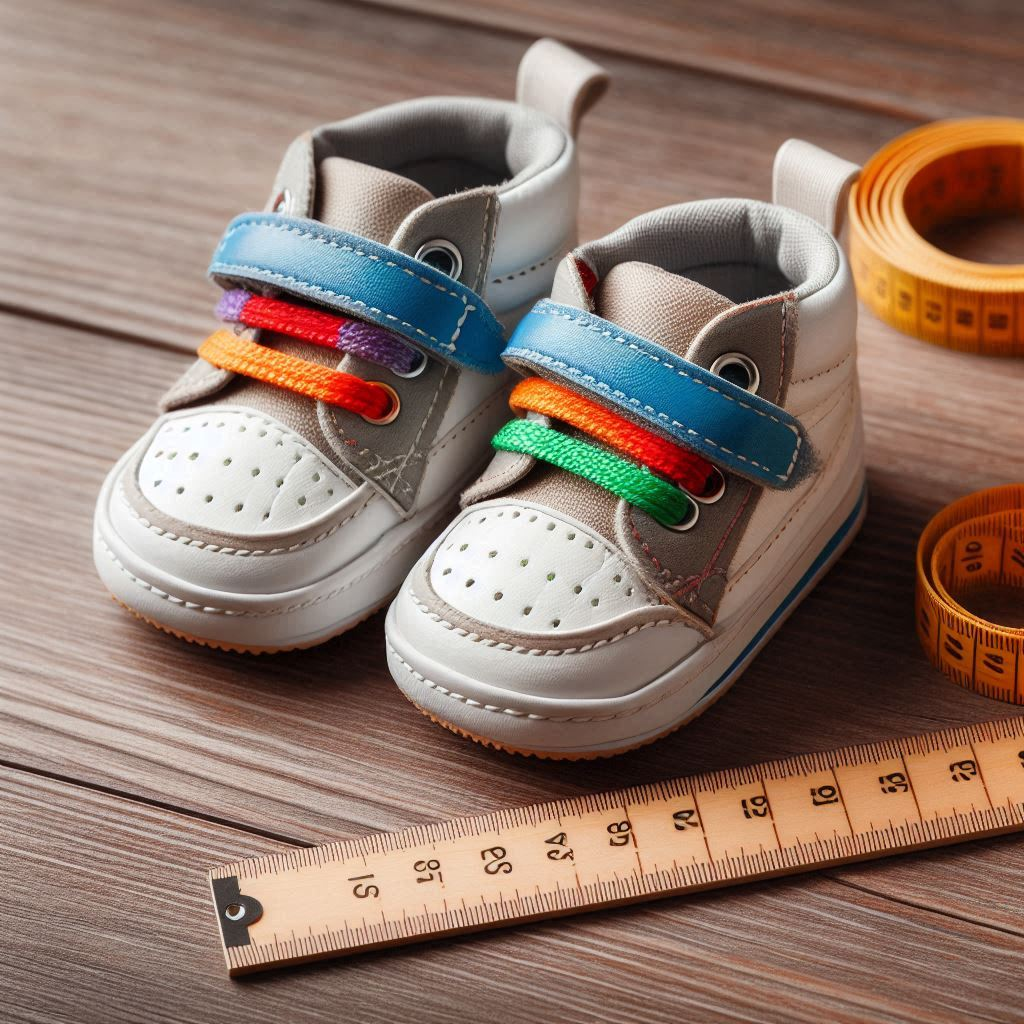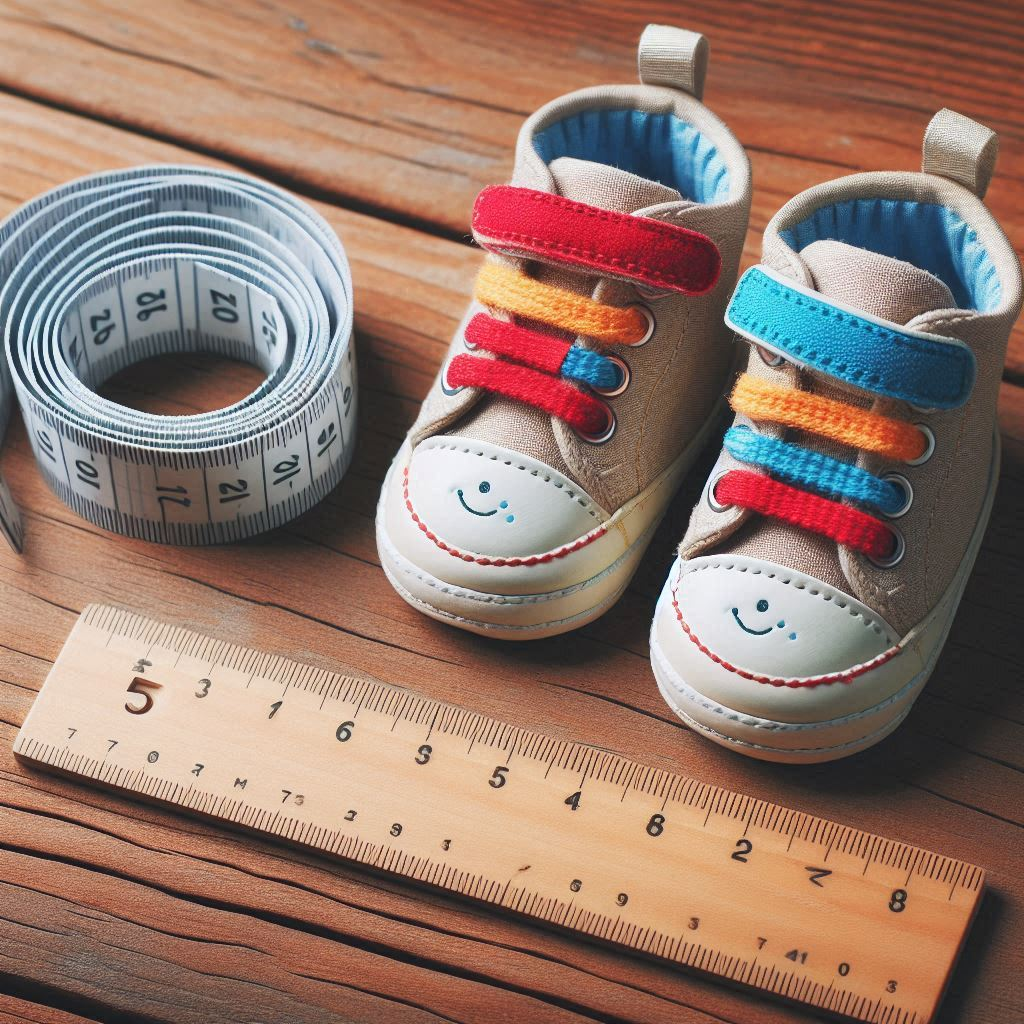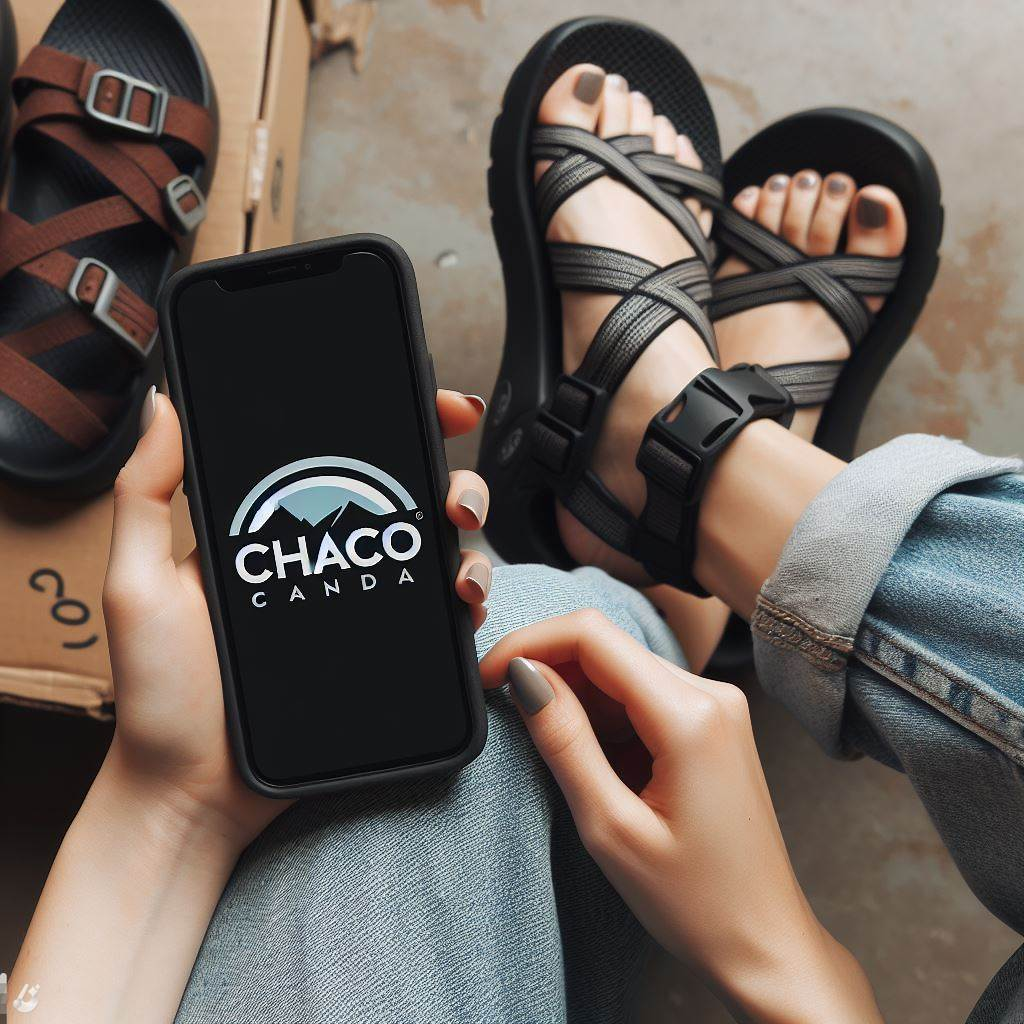
What Size Shoe Does a 2 Year Old Wear?
As parents, we want our little ones to have comfortable, well-fitting shoes. But with toddlers growing so fast, it can be challenging to keep up with their changing shoe sizes. If you’re wondering what size shoe a 2 year old typically wears, you’re not alone. Let’s dive into this topic and explore everything you need to know about finding the perfect fit for your toddler’s feet.
Quick Answer: Most 2 year olds wear US shoe sizes 6 to 7, which typically corresponds to a foot length of 5.5 to 6 inches (13.3 to 15.2 cm). However, every child is unique, so it’s essential to measure your toddler’s feet for the most accurate sizing.
Understanding Toddler Shoe Sizes

Toddler shoe sizes can be confusing, especially since they differ from adult sizes and can vary between brands and countries. Unlike adult shoes, toddler sizes are based on the length of the child’s foot in inches or centimeters. Let’s break down the basics of toddler shoe sizing to help you navigate this sometimes puzzling world.
US Toddler Shoe Size Chart
Here’s a general guide for US toddler shoe sizes:
| Age | US Shoe Size | Foot Length (inches) | Foot Length (cm) |
|---|---|---|---|
| 1 year | 4 – 5 | 4.5 – 5 | 11.4 – 12.7 |
| 2 years | 6 – 7 | 5.5 – 6 | 13.3 – 15.2 |
| 3 years | 8 – 9 | 6.25 – 7 | 15.9 – 17.8 |
Remember, this is a general guideline. Individual variations can occur, which is why measuring your child’s feet is crucial for accurate sizing.
International Size Conversions
If you’re shopping internationally or online, you might encounter different sizing systems. Here’s a quick conversion guide:
- US size 6 ≈ UK size 5 ≈ EU size 22
- US size 7 ≈ UK size 6 ≈ EU size 23
Always check the specific brand’s size chart, as conversions can vary slightly between manufacturers.
Measuring Your Toddler’s Feet: A Step-by-Step Guide
Accurate measurements are key to finding the right shoe size. Here’s how to measure your 2 year old’s feet:
- Gather materials: You’ll need a piece of paper, a pencil, and a ruler or measuring tape.
- Prepare your toddler: Ensure your child is standing straight with their weight evenly distributed.
- Trace the foot: Place the paper on a hard, flat surface. Have your toddler stand on the paper and trace the outline of their foot.
- Measure the length: Using the ruler or measuring tape, measure the distance from the heel to the tip of the longest toe.
- Measure both feet: Repeat the process for both feet, as one foot is often slightly larger than the other.
- Record measurements: Write down the measurements and use the larger foot’s measurement when selecting shoes.
Tips for Accurate Measurements
- Measure at the end of the day when feet are slightly swollen.
- Have your child wear the type of socks they’ll typically wear with the shoes.
- Measure every few months, as toddlers’ feet grow quickly.
Factors to Consider When Choosing Toddler Shoes

Size isn’t the only factor to consider when buying shoes for your 2 year old. Here are some key elements to keep in mind:
Comfort and Fit
Comfort should be your top priority. Look for shoes that:
- Have enough room for toes to wiggle
- Offer good arch support
- Don’t slip at the heel
- Allow about a thumb’s width of space between the toe and the shoe’s end
Material and Breathability
Opt for shoes made from breathable materials like leather or mesh. These help keep little feet cool and dry, reducing the risk of blisters and foot odor.
Flexibility and Support
Toddler shoes should be flexible enough to bend with your child’s foot but still offer adequate support. Look for shoes with:
- Flexible soles that bend at the ball of the foot
- Good heel support
- A firm, supportive heel counter
Closure Type
Consider how easy it is to put on and take off the shoes. Options include:
- Velcro straps: Easy for toddlers to manage independently
- Slip-ons: Convenient but may not provide as secure a fit
- Laces: Offer a customizable fit but can be challenging for young children
Common Mistakes to Avoid When Buying Toddler Shoes
Watch out for these pitfalls when shopping for your 2-year-old’s shoes:
Skipping Measurements
Always measure your child’s feet before purchasing new shoes, even if you think you know their size. Toddlers’ feet grow quickly, and sizes can vary between brands.
Buying Shoes Too Big
While it’s tempting to buy shoes with room to grow, overly large shoes can cause tripping and discomfort. Aim for a snug fit with just enough room for growth.
Ignoring Quality for Style
Cute shoes are great but don’t sacrifice comfort and support for style. Invest in well-made shoes that provide the right support for developing feet.
Overlooking the Return Policy
Make sure the store has a good return policy in case the shoes don’t fit as expected. Some online retailers offer free returns, making it easier to find the right fit.
A Personal Shoe-Shopping Adventure
Let me share a quick story about my own experience shopping for my daughter’s shoes when she turned two. We headed to the local shoe store, armed with her measurements and a lot of patience. After trying on what felt like every shoe in the store, we found a pair of adorable pink sneakers that fit perfectly.
As soon as we put them on her feet, her face lit up. She started running around the store, giggling and showing off her new shoes to everyone. It was that moment when I realized how important the right pair of shoes can be – not just for comfort, but for a child’s confidence and joy.
The salesperson reminded us to check the fit regularly, as kids’ feet grow fast. That advice has saved us from many potential shoe-related meltdowns since then!
When to Size Up
Knowing when to move up a size is crucial for your toddler’s foot health and comfort. Here are some signs it’s time for new shoes:
- Your child complains that their shoes feel tight
- You notice red marks or blisters on their feet after wearing shoes
- Their toes are pushed against the front of the shoe
- The shoes are difficult to put on or take off
As a general rule, check your 2-year-old’s shoe size every 2-3 months. Their feet can grow up to half a size in that time!
The Impact of Proper Shoe Fit on Development
Ensuring your 2-year-old wears properly fitting shoes isn’t just about comfort – it’s crucial for their overall development. Here’s why:
Foot Health
Ill-fitting shoes can lead to various foot problems, including:
- Blisters and calluses
- Ingrown toenails
- Foot pain
Posture and Gait
Shoes that fit well support proper posture and gait development. This can help prevent issues like:
- Abnormal walking patterns
- Poor balance
- Back pain later in life
Physical Activity
Comfortable, well-fitting shoes encourage toddlers to be more physically active, which is essential for their overall health and development.
Conclusion: Finding the Perfect Fit
Finding the right shoe size for your 2-year-old might seem challenging, but with the right information and approach, it can be a fun and rewarding experience. Remember, most 2-year-olds wear US shoe sizes 6 to 7, but always measure your child’s feet for the best fit.
Keep in mind these key points:
- Measure your toddler’s feet regularly
- Consider factors beyond size, like comfort and support
- Avoid common mistakes like buying shoes too big
- Pay attention to signs that it’s time to size up
By following these guidelines, you’ll ensure your little one’s feet are comfortable, supported, and ready for all their toddler adventures. Happy shoe shopping!
Do you have any tips or experiences to share about finding the right shoes for your toddler? We’d love to hear from you in the comments below!


Leave a Reply